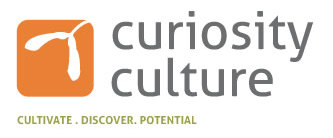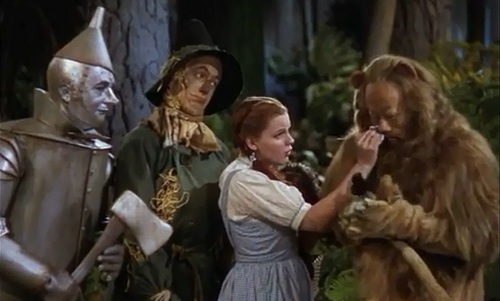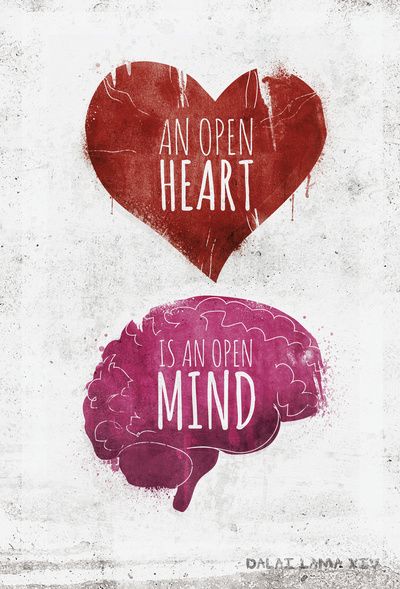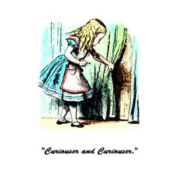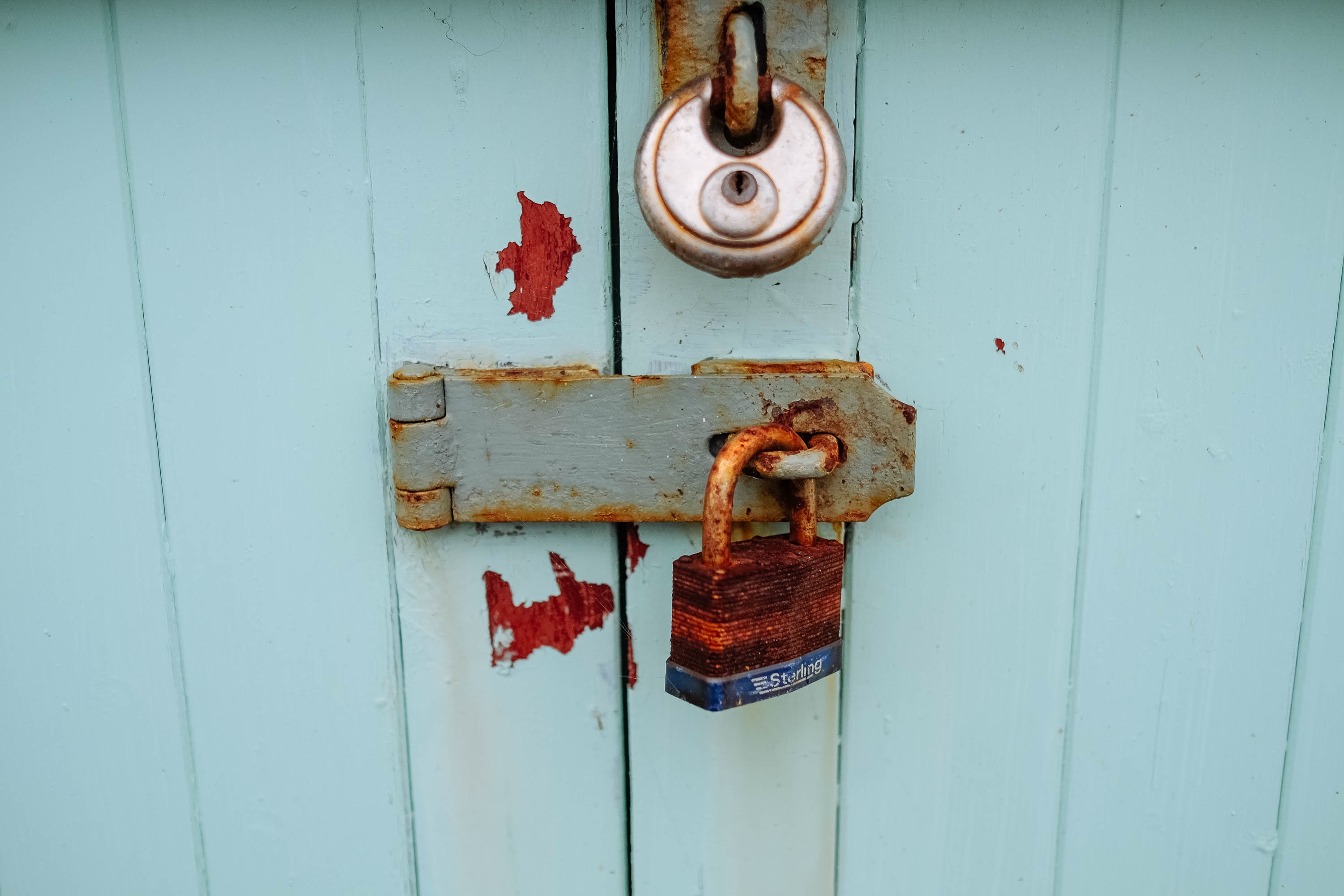Curiosity & Vulnerability Pt 2: When is it safe to be vulnerable?
We held our first Curiosity Lab on ‘Curiosity & Vulnerability’, viewing Brene Brown’s ‘The Power of Vulnerability’, and then launching into a fascinating discussion, with some marvelous attendees.
Brene Brown’s talk, which is truly worth a watch is, at heart, about the life affirming and revivifying benefits of living vulnerably. She clarifies that this takes courage, and reminds us that the roots of the word ‘courage’ come from the French ‘couer’, meaning ‘heart’. For her the definition of courage is “to tell the story of who you are with your whole heart.” Which is also what it is to live vulnerably.
What keeps us from living this way is, according to Brown, uncertainty with regard to our own self-worth. People who have intrinsic self-worth believe that what makes them vulnerable makes them beautiful. People who lack this sense of self-worth find vulnerability excruciating. For them vulnerability risks exposure to criticism, bullying, ridicule, loss of status, ostracisation … simply stated, fear and pain. They don’t experience vulnerability as liberation, but as a potential avenue to disconnection and isolation which, as Brown drives home, are the foundations of shame. Shame is the gatekeeper of our personal prison cells and bunkers. It chokes out our vulnerabilty. Brene Brown is a bold advocate of vulnerability.
Miriam, one of our bold participants in the Lab, persisted in posing the question,
“When is it safe to be vulnerable?”.
I’ve been following this question for a few months, and don’t anticipate this particular expedition to end anytime soon. You could say easily enough that ‘it’s never safe to be vulnerable’ because the very nature of vulnerability is uncertainty and risk. But the results of someone telling the story of who they are will be very different depending on what their story is, and who they’re telling it to.
What does the bullying lion in The Wizard of Oz lack?
Courage.
“Why, you’re nothing but a great big coward”, says Dorothy
on seeing how terrified he is after she gives him a slap for bullying Toto.
“I haven’t any courage at all”, says the Lion, “I even scare myself.”
But why is, after all, Lion so afraid. [1]
There are good reasons for getting anxious about vulnerability. There a cost for telling “the story of who you are with your whole heart.” Your story may challenge cultural norms, shatter parental expectations, fray peer relationships, or alienate your employer. It may isolate you or, depending on the story, leave you in danger. Loss of status, loss of work, criticism, ridicule, bullying, ostracisation, alienation, intimidation, violence … these aren’t fictions. These are real, and most of us have seen them or experienced them, and it can teach us to keep our mouths shut, our true natures ‘in the cupboard’, and our souls enclosed.
Unlike Scarecrow,
Lion does have a brain,
and maybe he’s using it the way that life’s taught him.
I don’t want to be naiive about vulnerability.
We live in a broken world where people are hurt, and hurt people hurt others, and traumatised cultures are traumatising. The expression ‘pecking order’ – a reference to group hierarchy – comes from how chickens determine who rules: by pecking the weaker ones to bits. The corporate and political worlds are said to be ‘full of sharks’. From schoolyards to monasteries, from house league teams to corporate boardrooms, from cop shops to prison cells, from anonymous strangers on public transit to the person with whom you share your bed: we all have hurts, and we all have the capacity to be hurtful and to take advantage of another’s vulnerability for our own gain. There are some people who are so emotionally and socially damaged that this is almost the only way they are able to be in relationship: by finding and exploiting vulnerability.
So when is it safe to be vulnerable?
More importantly,
Lion is willing to challenge his fears to pursue what he most needs.
I heard an amazing episode on Radio Lab the other day. The story of Stu Rasmussen, a transgender person from a tiny town in conservative evangelical USA who became…. the mayor.
How did that happen?
Stu, who had lived in the town all his life and ran movies and took tickets at the only theatre in town, started by painting his nails blue. Not pink, or red, but blue. Then, some weeks later, he painted them pink. Then, piece by piece, he donned articles of women’s clothing. Each carefully staged gesture of transformation produced a new burst of gossip and the potential for ostracisation. But Stu was tactical, and new the town extremely well, and furthermore, everyone knew Stu as a trustworthy, helpful, kind person.
So the Cowardly Lion, in search of what he most needs
– courage –
and through many trials and tribulations,
makes it to the ruler of his Kingdom, the Wizard of OZ,
where he fully expects to receive what he wishes for.
We normally think of curiosity as risk-taking, and this is why we’ve associated it with vulnerability. But it’s worth considering here that Stu Rasmussen must have had a generous measure of curiosity to so successfully strategise his ‘coming out’[2] in a town so culturally antagonistic to his gender choice.
There Lion discovers that the wizard-tyrant ruling over his Kingdom
is a frightened little man with a lot of smoke and mirrors
who has absolutely nothing to give him.
Stu understood the culture he lived in. He had it well gauged. That level of understanding takes focussed curiosity: an absorbent watchfulness, an openness to information and new understanding, a concerned interest in and care for the people of the community. That curiosity led him to the careful and deliberately patient strategy that would allow him to – eventually, and not without very great trials and real danger – “to tell the story of who he is with his whole heart.”
Almost nothing.
The wizard-tyrant has a medallion for bravery,
for setting out with a cast of misfits to find his courage.
And he has the insight and humility
– aka wisdom –
to bring Lion to see that he always had what he sought for.
His search for courage took courage.
Curiosity is the opposite of blind faith:
it’s reconnaissant, observant, watchful, interested.
It’s gathering information through careful observation.
Care-full.
It’s questioning the situation you’re in with an open and non-judgemental mind.
Why is curiosity like this? Because, believe it or not, curiosity is rooted in care.
Seriously.
The word curious come from ‘cure’, and from ‘care’.
Curiosity is about caring.
Gabor Mate, in lecturing on addiction, regularly reiterates that the word ‘vulnerability’ comes from the Latin, ‘vulnerare’, meaning ‘to wound’. For Mate, “To be a human being is to be profoundly vulnerable. And there’s nothing that you can do to make yourself invulnerable.” I agree, you can’t ever be invulnerable. But, by engaging your curiosity, you can be less or more vulnerable in situations that may be perilous, in keeping with your own limitations.
That is, while caring for yourself.
[1] https://www.youtube.com/watch?v=z2itQkiQUOE
[2] Stu has persisted in identifying as a heterosexual male.
https://feministphilosophers.wordpress.com/tag/stu-rasmussen/
